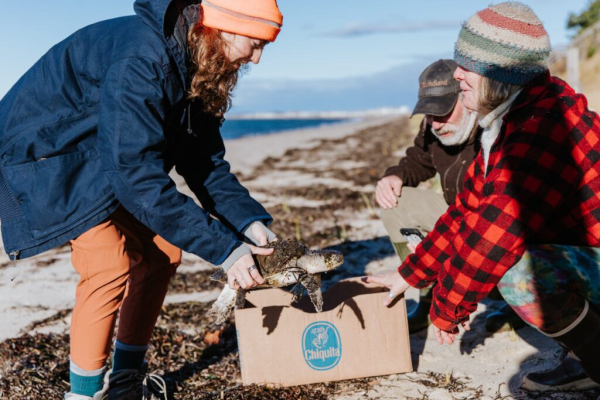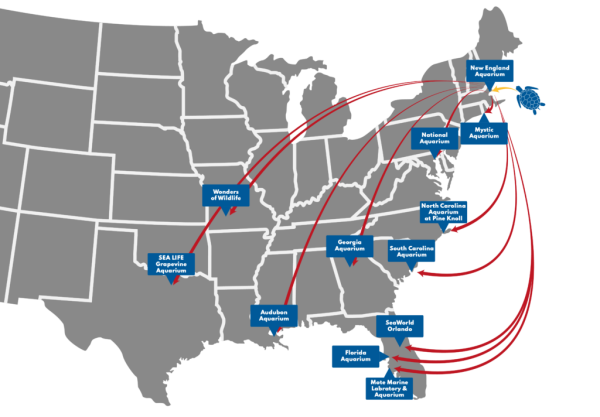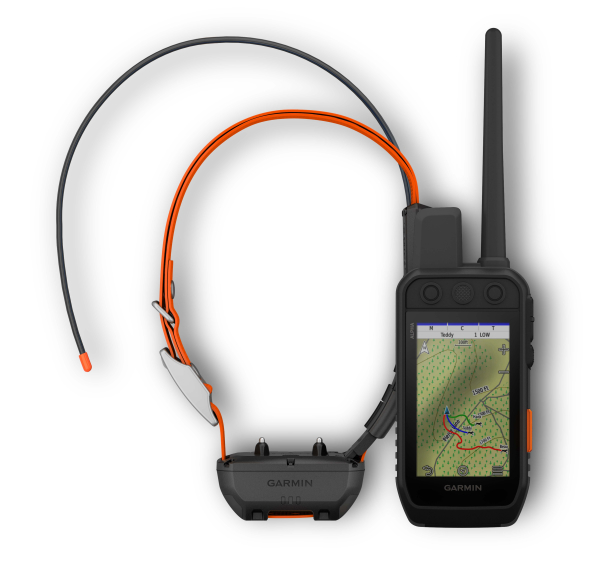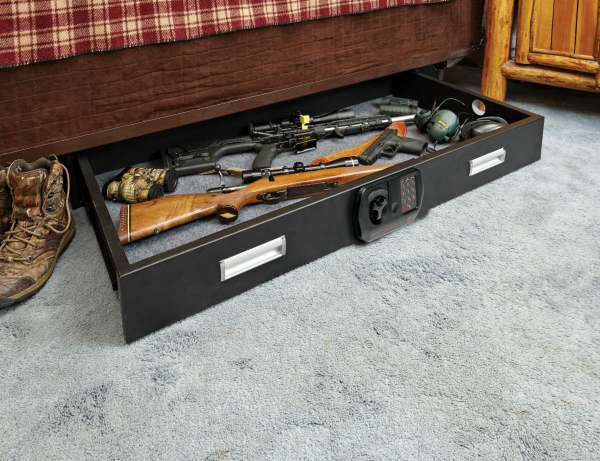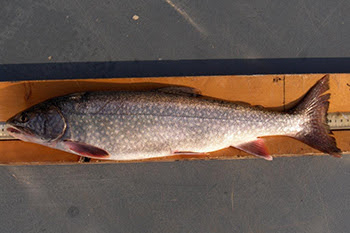Barnett Introduces New Entries to the Explorer Series
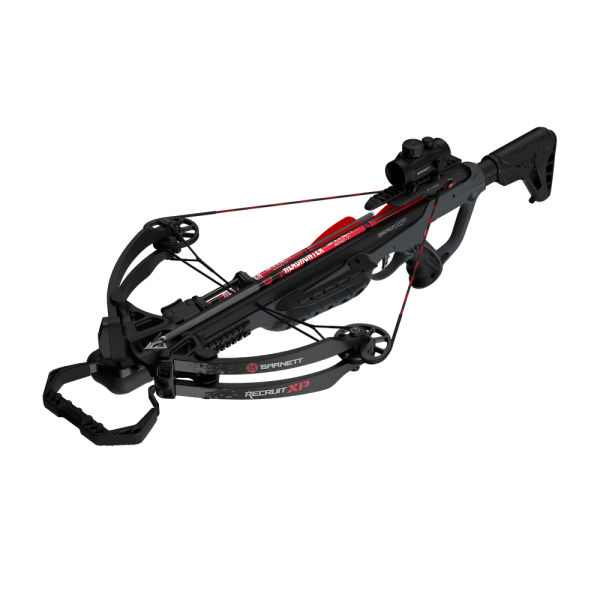
Tarpon Springs, FL (May 11, 2023) – Barnett® is proud to include three models to their legendary line of hunting crossbows. The updated Explorer (“XP”) series is designed with the serious hunter in mind. Veteran outdoorsmen and beginners can now find a quality, reliable, and deadly-accurate bow at an affordable price, all in the same crossbow series.
Barnett’s XP lineup introduces three lightweight, powerful hunting crossbows, each constructed with foot stirrups mounted onto diecast magnesium risers and with machined, drop-in flight tracks. Additional features include a pass-through foregrip, three composite Picatinny rails, and a TriggerTech™ metal-injected molded trigger. Safety features include Trigger Tech’s Anti-dry fire (ADF) trigger and a Soft-Lok bristle retainer to keep arrows secure.
Each crossbow in Barnett’s Explorer Line comes complete with a ready-to-hunt accessory package containing a lightweight quiver, rope-cocking device, lube wax, and two 20 in. Headhunter arrows. Measuring just 13 in. to 13.1in. axle-to-axle cocked, these compact, accurate, and reliable crossbows offer the ultimate in maneuverability and performance. Barnett ensures that performance and function of the XP line make it the ultimate hunter’s crossbow package. Read more

